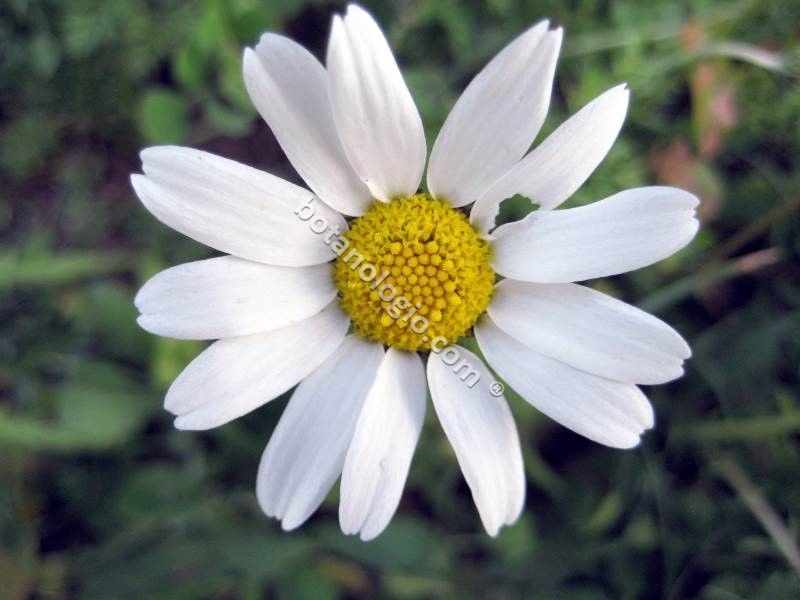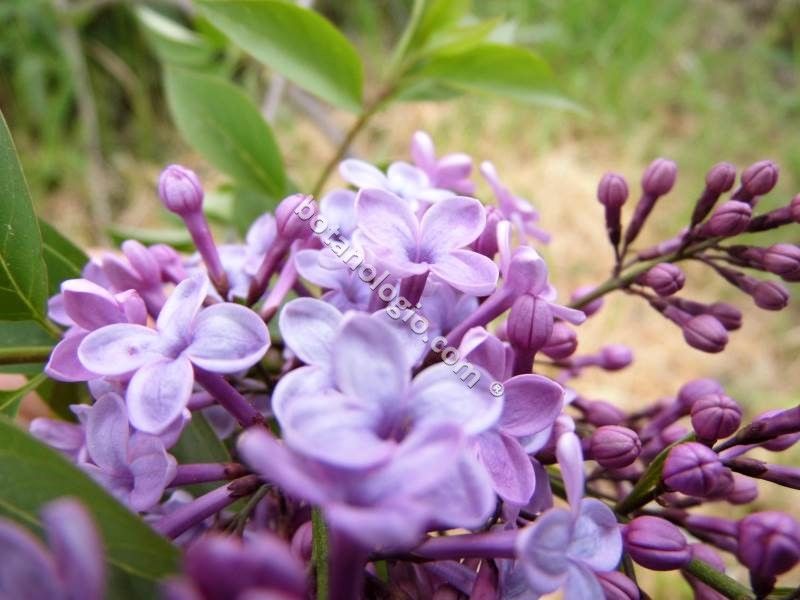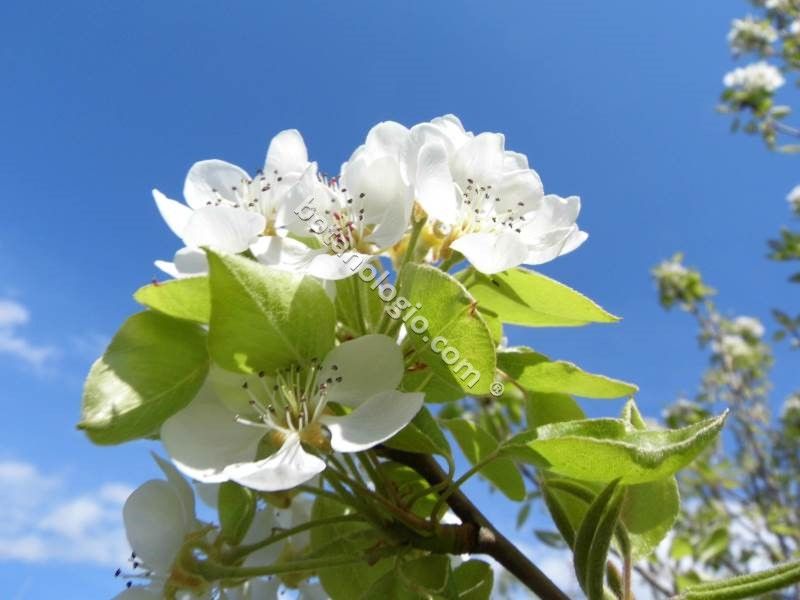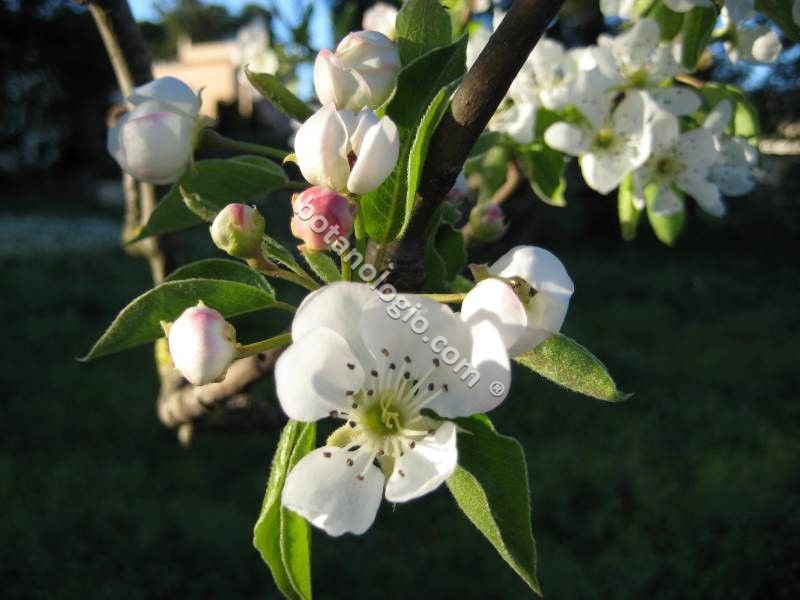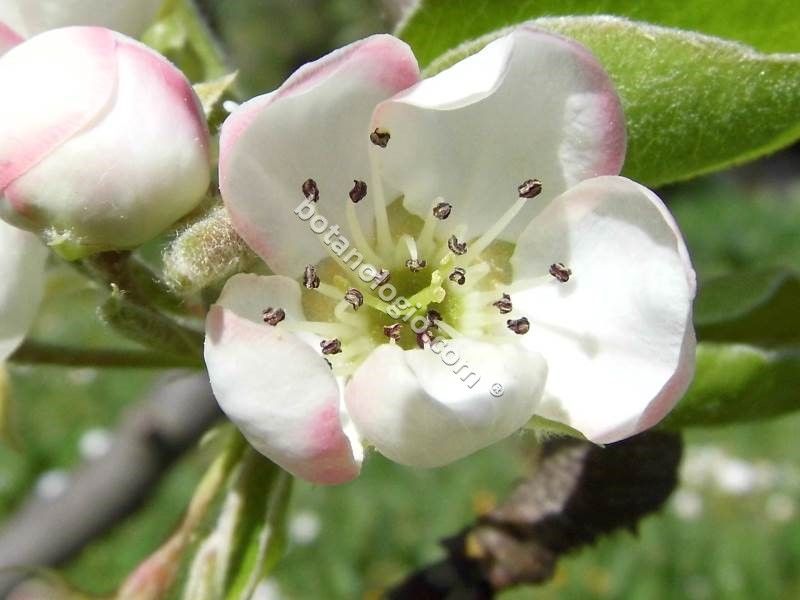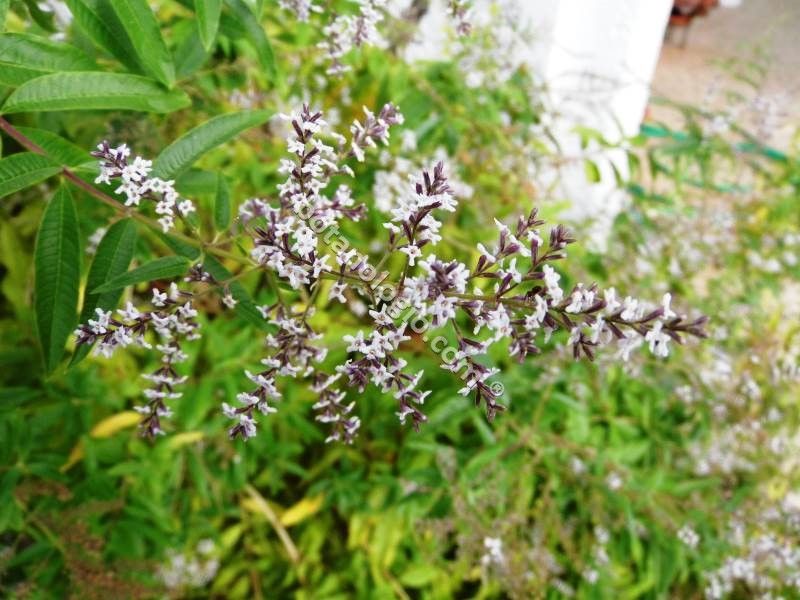Bee feeding herbs

Nowadays we hear more and more about the significant reduction of bees on the planet, but it is hard to understand what this might mean for the ecosystem and for ourselves. Bees and all the different species of the family are vital for the pollination of cultivated plants.
Referring to the plants, we do not just mean flowers and herbs, but of course entire crops and fruit trees, which are not Self-pollinating plants, nor pollinated through the transfer of pollen from the air.
From early spring until late autumn, bees work from the first flowers that appear until the last, collecting nectar and transferring pollen from flower to flower.
Of course the cycle of nature could function perfectly smoothly, but unfortunately the extensive use of pesticides and crop hybrids, poison the honeybees!
Can you imagine what the disappearance of bees from our world would mean? Of course we would not only lose the delicious apples and pears need bees to get fruits …
For that reason, we will mention herbs and plants that will beautify your garden, will spice up your cooking, will contribute to your health and will of course give food to our bees that are hungry!
Herbs for bees:
Hyssop: beautiful medicinal herb that bees love, whose flowers give aromatic honey. Attracts bees and butterflies.
Lavender: the uses of lavender are unlimited in cooking, therapeutic uses and cosmetic uses. Attracts bees and different varieties of lavender offer different bloom periods.
Marjoram and oregano: their uses in cooking and their therapeutic uses are already quite popular, especially the essential oil is unique!
Peppermint and spearmint: aromatic and medicinal plants especially for the protection of the respiratory system, they attract bees which use the rich oil from the leaves.
Savory and thyme tiny flowers, much loved by bees and butterflies, while they are herbs easily cultivated and offer intense aroma. Try to make your own mix of dried leaves with salt!
Rosemary: due to the early spring blooming, it is the first bee feeding herb. In addition to the therapeutic uses, do not forget the contribution for firming baths, anti-aging lotions and hair strengthening.
Melissa: bees calm with melissa fragrance, while it helps avoid stings. The tea is wonderful even cold for summer days.
Sage: useful herb for bees, lovely aromatic herb for meat, sage offers many therapeutic and cosmetic uses.
Angelica: beautiful shrub with white flowers that bees love!
Other herbs and flowers that can create beautiful beegardens are: chicory for salads, chives for creative omelets, fennel for flavor, borage, rich in nectar and edible leaves and flowers, comfrey also rich in nectar, feverfew, parsley ideal for bees and butterflies, mullein, chamomile, nasturtium and calendula.
By creating green gardens, roof gardens and even balconies, we creating a small habitat. Looking carefully at a garden especially at midday, you will notice different types of bee approaching your flowering plants! Net pesticide gardens would not be necessary if rural businesses were operating in harmony with nature. But now that it is difficult to impossible, it is good to contribute in our own way!
borage, chamomile, chicory, fennel, greek herbs, herbs, hyssop, lavender, marigold, mint, mullein, rosemary, savory, watercress
